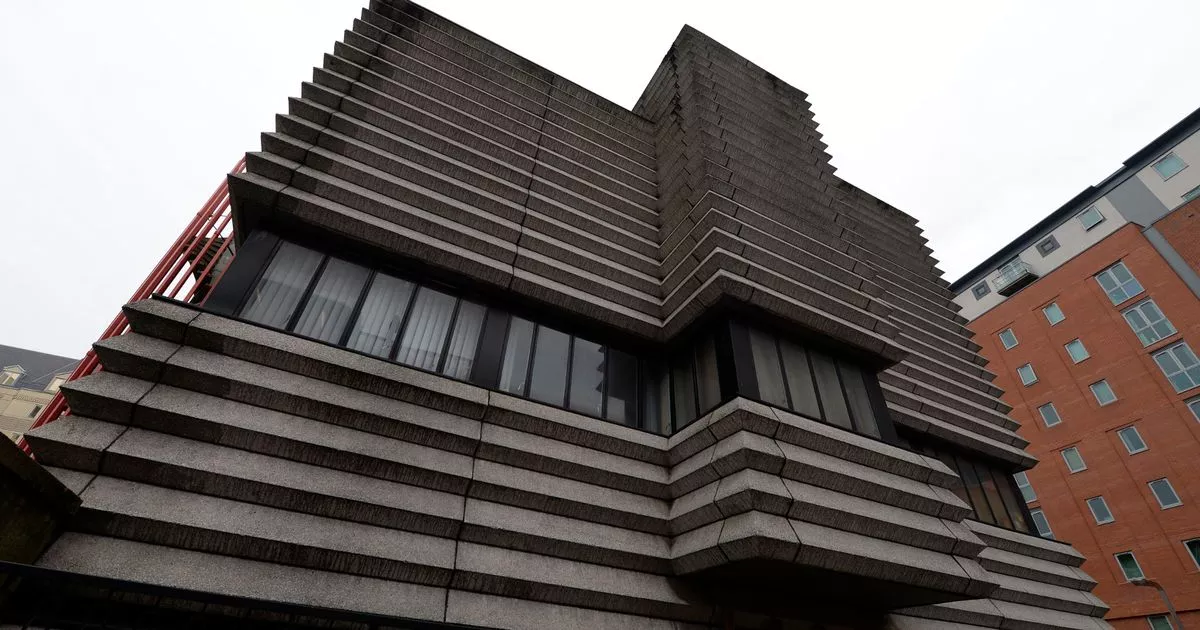You could be walking through a street anywhere in the city and potentially pass a little gem
07:04, 06 Jul 2025Updated 07:45, 06 Jul 2025
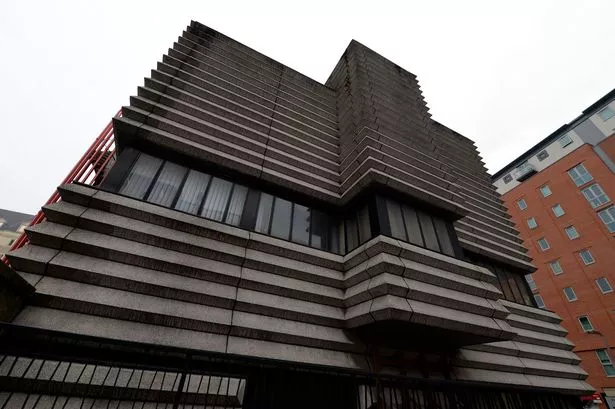 New Street Signal Box(Image: Birmingham Mail)
New Street Signal Box(Image: Birmingham Mail)
Birmingham has such a fascinating history, you could be walking through a street anywhere in the city and potentially pass a little gem.
The city was at the heart of the Industrial Revolution, which means when the world changed, very often it was us leading the way.
You see evidence of this all over the city – yet often it passes people by/.
Read more: Birmingham houses hiding something incredible
Hence this article, to celebrate some Brummie tidbits you might have wandered past.
Boulton, Watt and Murdoch memorials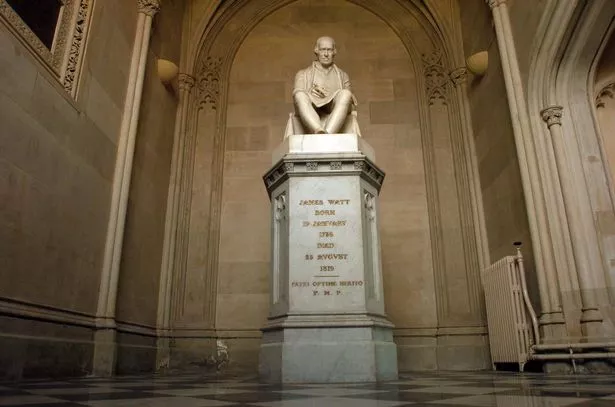 James Watt Memorial(Image: Birmingham Post and Mail)
James Watt Memorial(Image: Birmingham Post and Mail)
Set in St Mary’s Church in Handsworth, these three memorials stand to possibly the greatest industrialists in the modern world.
James Watt lived in Handsworth and with his invention of a separate condenser, he changed the industrial world in 1774.
He was buried in the grounds of the church, but expansion has now placed his tomb inside the church in the James Watt Memorial Chapel, a marble statue created by Francis Legatt Chantrey, who regarded it as his favourite.
Matthew Boulton and William Murdoch are also remembered in the church with monuments.
Snow Hill Station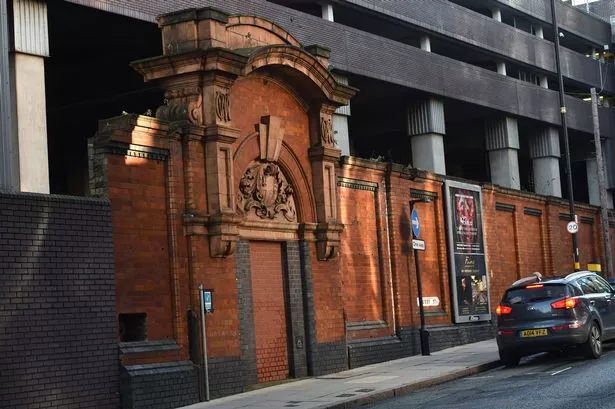 An entrance to The Old Snow Hill Station in Birmingham City centre.(Image: Birmingham Mail)
An entrance to The Old Snow Hill Station in Birmingham City centre.(Image: Birmingham Mail)
Now, we know more than 90 per cent of Brummies know this station exists – but it is the little intricate details.
One of the few remaining doorways left from the original Snow Hill Station, this bricked up doorway, stands in Livery Street in the City Centre. It goes back to when it was the main station of the Great Western Railway, often as busy as New Street.
The electrification of main line to London from New Street in the 1960s saw New Street favoured over Snow Hill with most of the services withdrawn in the 60s, and led to the eventual closure in 1972 and demolished five years later.
The present station was opened in 1987.
Post box dedicated to a Brummie hero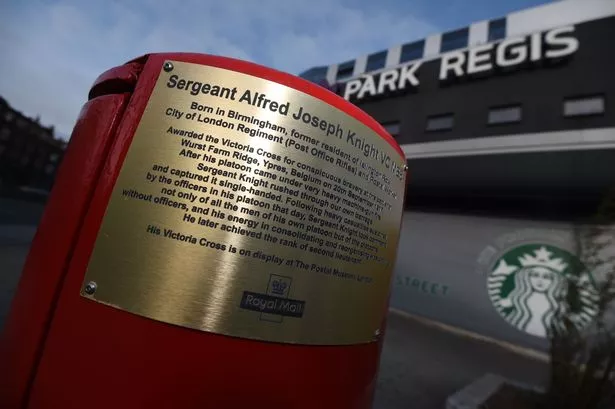 Post box plaque in memory of Sergeant Alfred Joseph Knight VC MBE(Image: Birmingham Mail)
Post box plaque in memory of Sergeant Alfred Joseph Knight VC MBE(Image: Birmingham Mail)
Set outside Park Regis Hotel at Five Ways, this postbox is dedicated to Sergeant Alfred Joseph Knight.
He was awarded the VC in 1917 at Ypres in Belgium when his platoon came under heavy fire.
Sergeant Knight rushed through and captured the position single-handed.
He also performed many other acts of conspicuous bravery and took command of all the men of his own platoon and also others without officers.
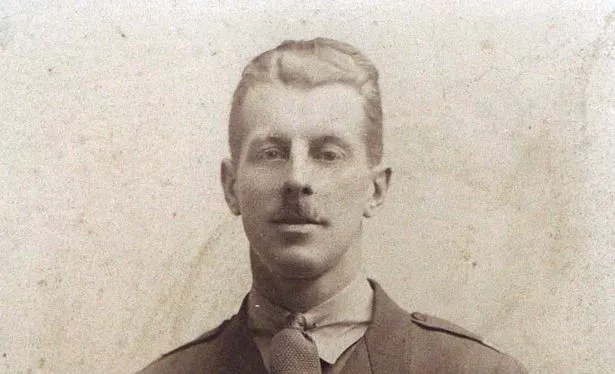 Alfred Joseph Knight.
Alfred Joseph Knight.
After the war he was transferred to the Ministry of Labour and was Manager of the Employment Exchange where he retired in 1951 and died in 1960 aged 72.
New Street signal box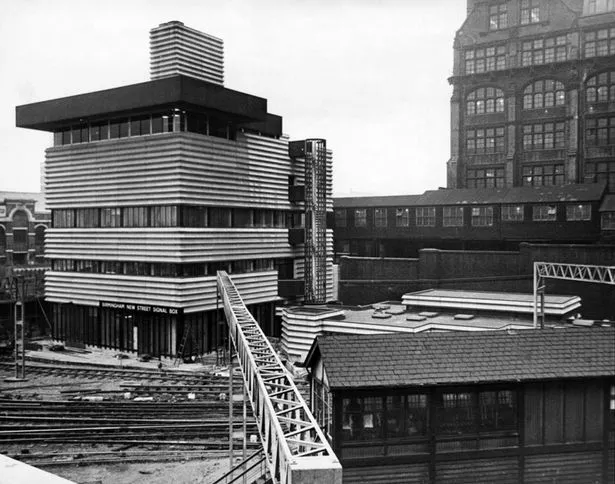 New Street Station signal box in 1966
New Street Station signal box in 1966
The corrugated concrete Brutalist structure may polarise public opinion, but is actually home of one of the city’s most vital and intense infrastructure systems, serving the busiest rail interchange in the UK.
Designed by Bicknell & Hamilton and W.R. Healey and completed in 1965, now Grade II listed. the unapologetically bunker-like structure is an honest expression of its utilitarian function.
Standing five storeys high above track level, the building gives no clue of the hive of activity that exists within its four walls.
Holloway Circus Art work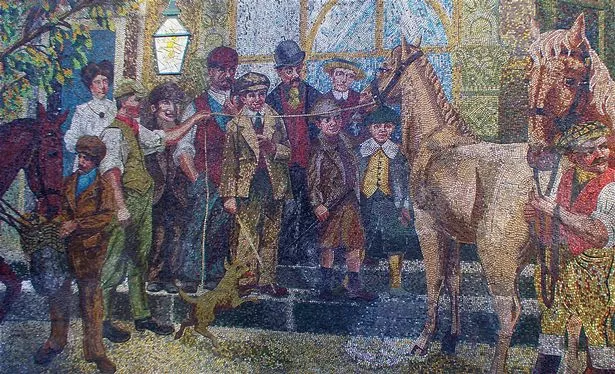 Walk in the park
Walk in the park
The Horsefair 1908 mosaic by Kenneth Budd was created in 1967 in Holloway Circus and is one of Birmingham’s remaining 60s mosaics still in its original position.
The mural shows activities in the are between 1215 to 1911.
The mosaic depicts what happened in the Horse Fair which took place in the area and was the last remaining fair of the charter granted by Henry III in 1215.
Hamstead Colliery memorial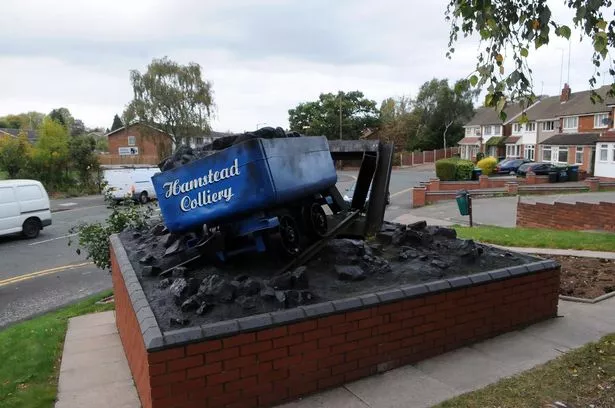 Hamstead Colliery memorial(Image: Birmingham Post and Mail)
Hamstead Colliery memorial(Image: Birmingham Post and Mail)
This memorial in Hamstead stands as a testament to the twenty-six men who lost their lives in 1908. On March 4, 1908 a fire broke out. Twenty-five men were trapped.
In the hours that followed desperate attempts were made to reach the men, in the course of which one of the rescuers tragically lost his life too.
For nine days the country preyed for the men while their comrades, including a rescue party from Yorkshire fought to save the men.
When all the bodies had been recovered, a message of condolence from the King, Edward VII, was read out by the Lord Mayor of Birmingham: “His Majesty is deeply moved at the lamentable disaster and wishes to convey his deepest sympathy for the wives and families of those who have lost their lives under such exceptionally sad circumstances.”
